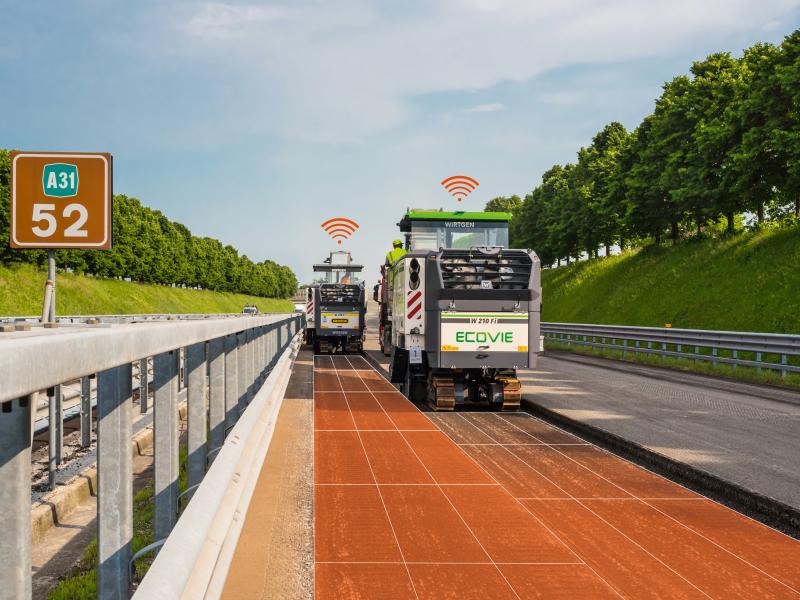Home \ International \ Wirtgen’s W 210 Fi large milling machine: Master of efficiency in action
Wirtgen’s W 210 Fi large milling machine: Master of efficiency in action
16/12/2019
Pubblicato da Redazione
Achieving high quality at low costs and a reliable assistant at hand – for milling machine operators, Wirtgen‘s new large milling machines are an important aid in road rehabilitation
A total of three W 210 Fi machines demonstrated the added value of their technological innovations during rehabilitation of the A 31 motorway, which connects the A 4 Milan-Venice motorway with the Alps. The task on a 1.4 km section in the province of Vicenza was to mill the pavement off to a depth of 22 cm near the Thiene exit. The lower base course was then stabilized with cement by a Wirtgen WR 250 recycler and soil stabilizer over an area of roughly 15,000 m² and subsequently compacted by Hamm rollers.
Vögele pavers then laid the asphalt. To separate the milled material according to the types of mix, the large milling machines first removed the surface course to a depth of 4 cm, and then milled the 18 cm-thick asphalt binder course and asphalt base course in a second pass. This allowed systematic reintroduction of the separate layers into the material cycle.
Dual Shift: More quality, less fuel, wear and tear
The cold milling machines drove in staggered formation to continuously “feed” a rapid succession of 45 dump trucks with milled material. The new generation of machines impressed even such experienced milling machine operators as Valentino Pivotto, who works for milling service provider Crestani, “And not just because it was the first job following training on the machine.” It was the first time in many years that the operator had driven a Wirtgen milling machine again. “The leap forward made by the W 210 Fi in terms of control, performance and productivity was therefore enormous. Not to mention the DUAL SHIFT, which makes this machine a real benchmark in its field.”
Thanks to the new two-speed powershift transmission, which is automatically controlled by Mill Assist, a much larger range of milling drum speeds is now also available. The diesel engine also features a modern engine rating with a high torque starting at 1,300 rpm. This lowers diesel consumption and noise emissions.
The intelligent control of the two-speed powershift transmission combined with the diesel engine extends the range of milling drum speeds, both upwards and downwards. This supports significant reductions in fuel consumption and cutting tool wear in the low milling drum speed range. A high-quality milling pattern can be achieved in the upper milling drum speed range, even when working with a high area output. This makes the W 210 Fi professional machine ideal for particularly demanding milling jobs.
WPT with Numerous Additional Benefits
Gabriele Martin, milling machine operator at Ecovie, explains that milling is much more efficient with the professional machine: “It is definitely different from other cold milling machines. Especially when it comes to fuel consumption, which has really been reduced without performance losses. Another interesting feature is the WPT system, which provides a wealth of data”. This is true in two aspects. The Wirtgen Performance Tracker (WPT) now makes it possible for the first time to precisely determine the milling work actually performed and “eliminate all uncertainties about the project’s parameters”.
The machine’s performance and consumption data are also extremely valuable to Martin. “I can send all this data directly from the machine, which means we immediately receive a comparison of costs and productivity. This makes job-site cost analysis much easier.” At the same time, efficiency analyses are also a valuable decision-making basis for future orders. The machine operator then knows which milling machine is the most efficient solution for the respective job.
Easy operation
The three milling service providers had opted to primarily use three W 210 Fi machines for the rehabilitation of the A31 motorway. “This machine allows the operator to concentrate more effectively on the work, thanks to the excellent visibility and the new control and data acquisition systems,” says Massimo Valerio, pointing out the control panel of the new large milling machines.
Thanks to the newly designed operating concept, the Girardini operator not only has a clear overview of all the most important data on the milling process and the milling machine condition on a central seven-inch control panel; the operating convenience is also enhanced by control panels for levelling or for controlling the discharge conveyor. “At the end of the day, the operator’s platform really makes all the difference,” says Valerio, who is relieved of many tasks by the new Mill Assist control system.
Mill Assist: Quality, performance and cost-effectiveness –fully automatically
To operate the machine at the optimum operating point, Massimo Valerio and his colleagues previously had to set a large number of machine parameters, such as the diesel engine and milling drum speed, the milling speed or the quantity of water required to cool the cutting tools, relying only on their intuition and experience. This was a highly challenging task considering the complexity involved. Varying conditions, such as different degrees of pavement material hardness, also required frequent manual adjustments.
This is where Mill Assist comes in. It continuously processes more than 60 signals to simulate many different setting variations and combinations in real time using complex algorithms and formulas. In automatic mode, Mill Assist always strikes the optimum balance between milling performance and operating costs. This not only improves machine performance, but also reduces diesel, water and cutting tool consumption as well as CO2 emissions. Massimo Valerio was also immediately struck by the “lower noise emissions and vibrations when milling 10, 15 or even 18 cm, as we are doing here” – Milling 4.0 on the A 31. “Mill Assist helps me enormously” praises the milling machine driver his assistant on the A 31.
About Mill Assist:
For optimum versatility - machine control system Mill Assist with three working modes. In addition to automatic operation, the milling machine operator also has the option of selecting one of three work strategies depending on the requirements:
“Performance-optimized” working mode: this is the mode of choice whenever the asphalt layer needs to be removed at high speed due to time pressure.
“Cost-optimized” working mode: on concrete job sites, on the other hand, the hardness of the material is the main challenge. Here the degree of wear must be closely monitored to minimize costs. The “cost-optimized” working strategy would be an option in this case.
“Milling pattern quality” working mode: to produce a particularly fine surface, the operator selects “Milling pattern quality” mode.

Ultime notizie di Wirtgen Macchine

Earthmoving Machinery
21/11/2024
Kleemann: New compact crusher used for recycling
Impact crusher MOBIREX MR 100i NEO impresses during operatio...

Road Machinery
04/11/2024
Wirtgen: Widening of the Ruta 5 highway from Montevideo to the Brazilian Border
Efficient concrete paving solutions from Wirtgen ensure the...
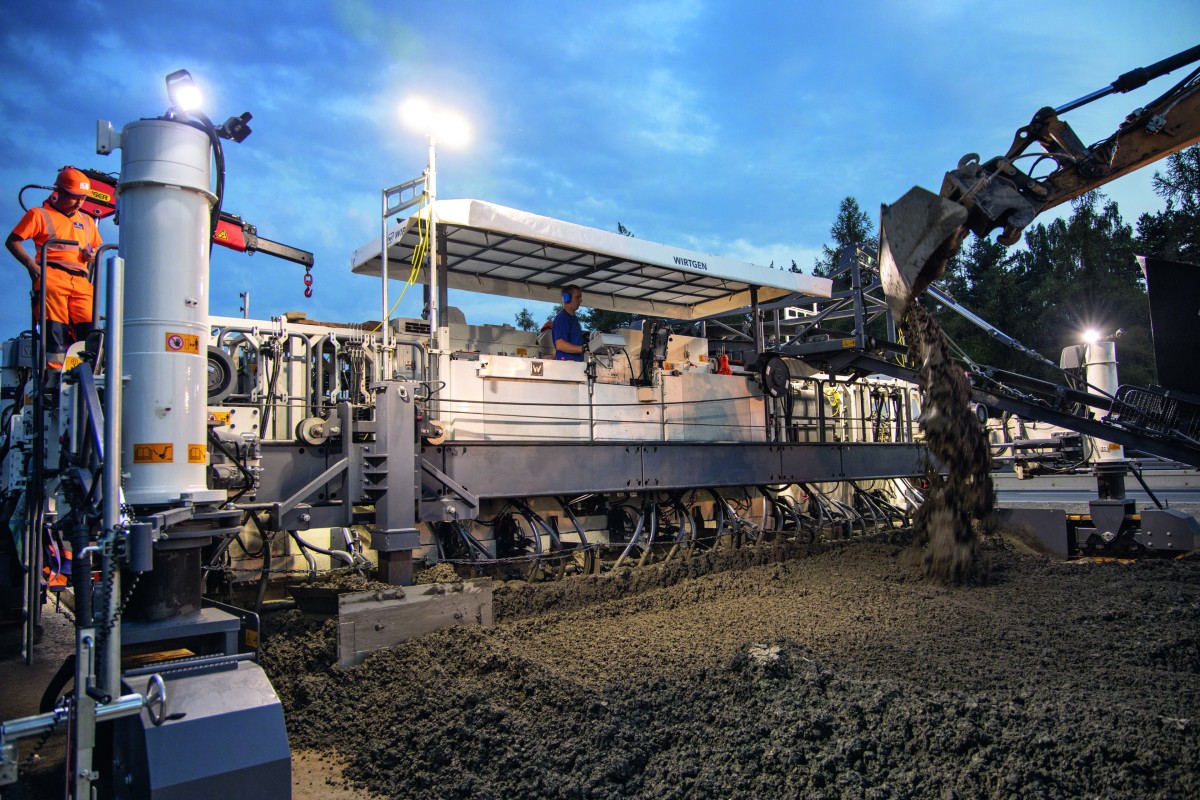
Road Machinery
31/10/2024
Wirtgen: Concrete paving with inset slipform pavers
Wirtgen has been offering machines for inset slipform paving...
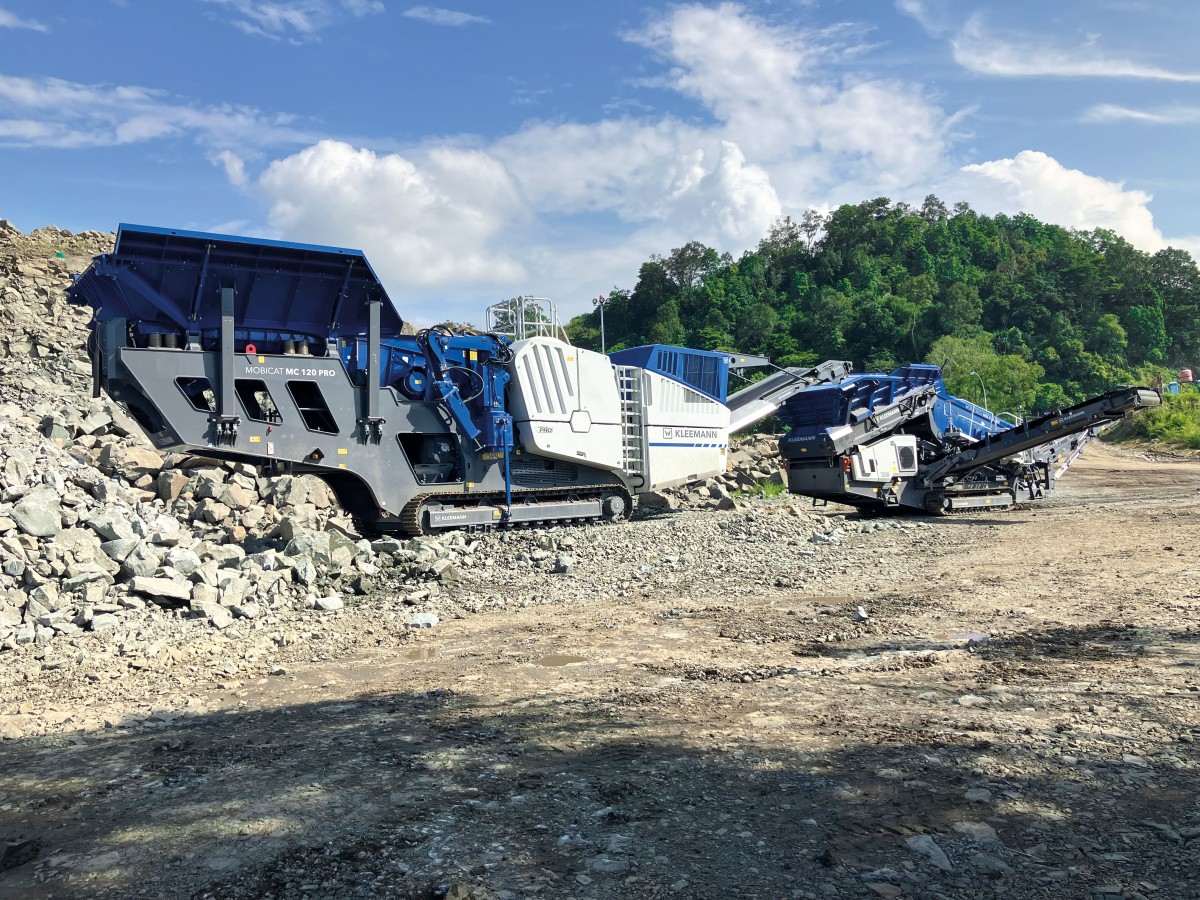
Earthmoving Machinery
28/10/2024
Kleemann: Andesite processing in Indonesia
A MOBICAT MC 120 PRO and a MOBISCREEN MSS 802 EVO are deploy...
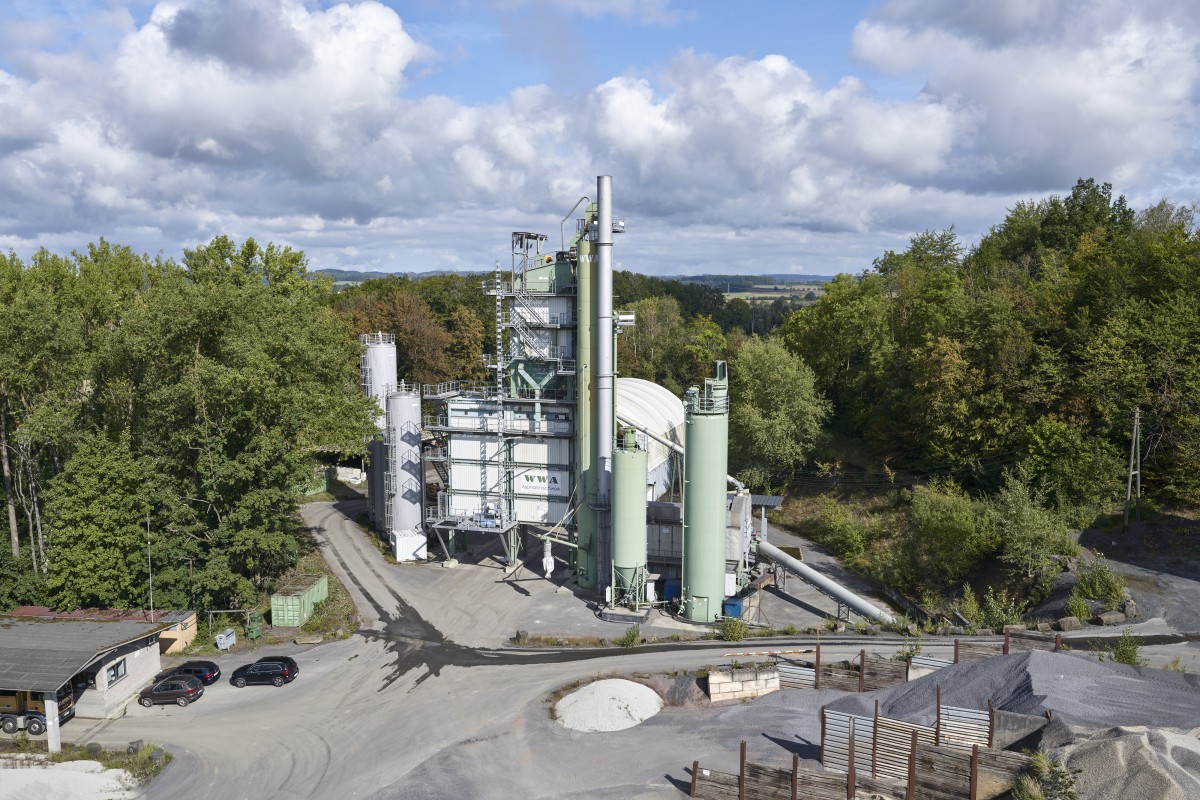
Earthmoving Machinery
24/10/2024
Benninghoven's REVOC system proven in practice
The REVOC Retrofit solution has been installed at an existin...
Road Machinery
01/10/2024
The Wirtgen Group at Paving Expo 2024
The Wirtgen Group presents groundbreaking technologies at Pa...
Altri International
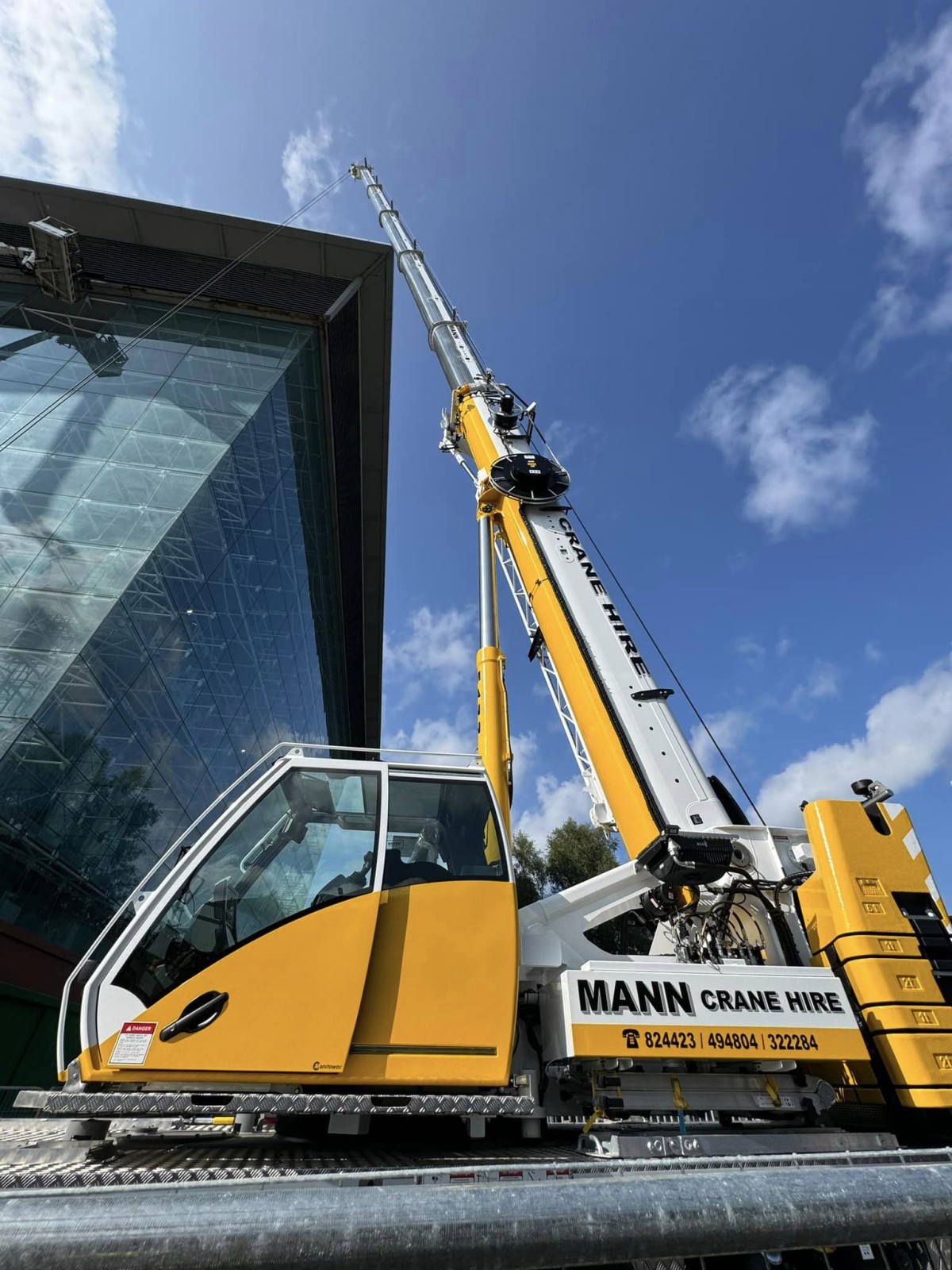
International
25/11/2024
New Grove GMK3060L-1 drives busy schedule for Mann Crane Hire
• Mann Crane Hire selected the GMK3060L-1 for its class-lead...
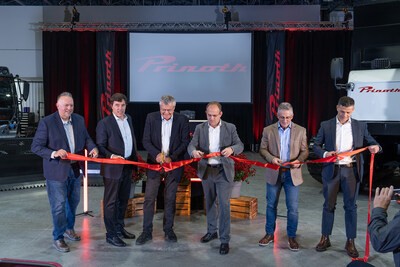
International
25/11/2024
Prinoth Unveils Expanded Production Facility in Granby, Canada
Prinoth held an event to announce the official opening of it...

International
23/11/2024
GPMat International takes delivery of two Raimondi T147s residential development in the South of France
- Official agent of France expands its product lineup with t...

International
22/11/2024
Sarens acquires additional SCHEUERLE SPMT K24 modules
renowned for its expertise in crane rental services, heavy l...
International
22/11/2024
Five WOLFF cranes modernize Oslo’s Ulven district
With a total of five WOLFF cranes of type 7534.16 Clear, Wol...

International
21/11/2024
Kleemann: New compact crusher used for recycling
Impact crusher MOBIREX MR 100i NEO impresses during operatio...












